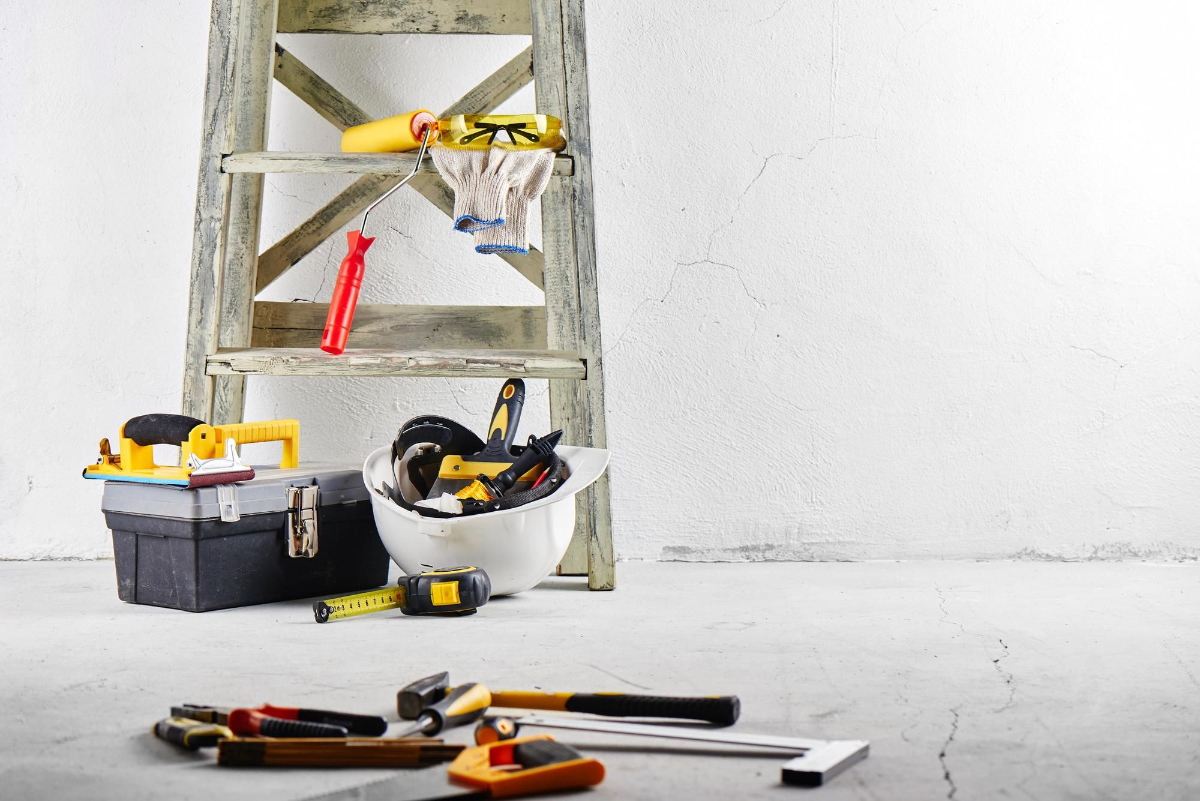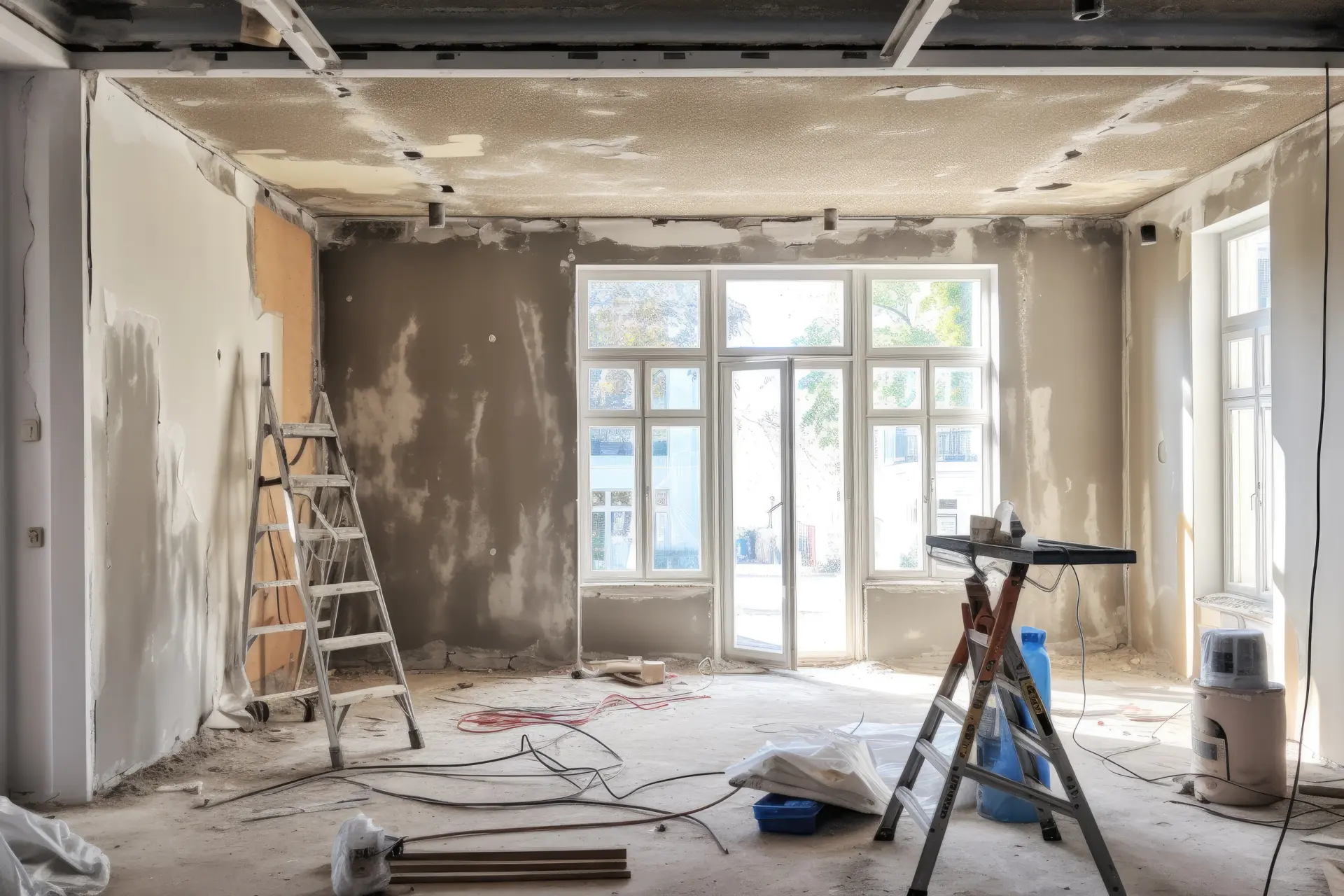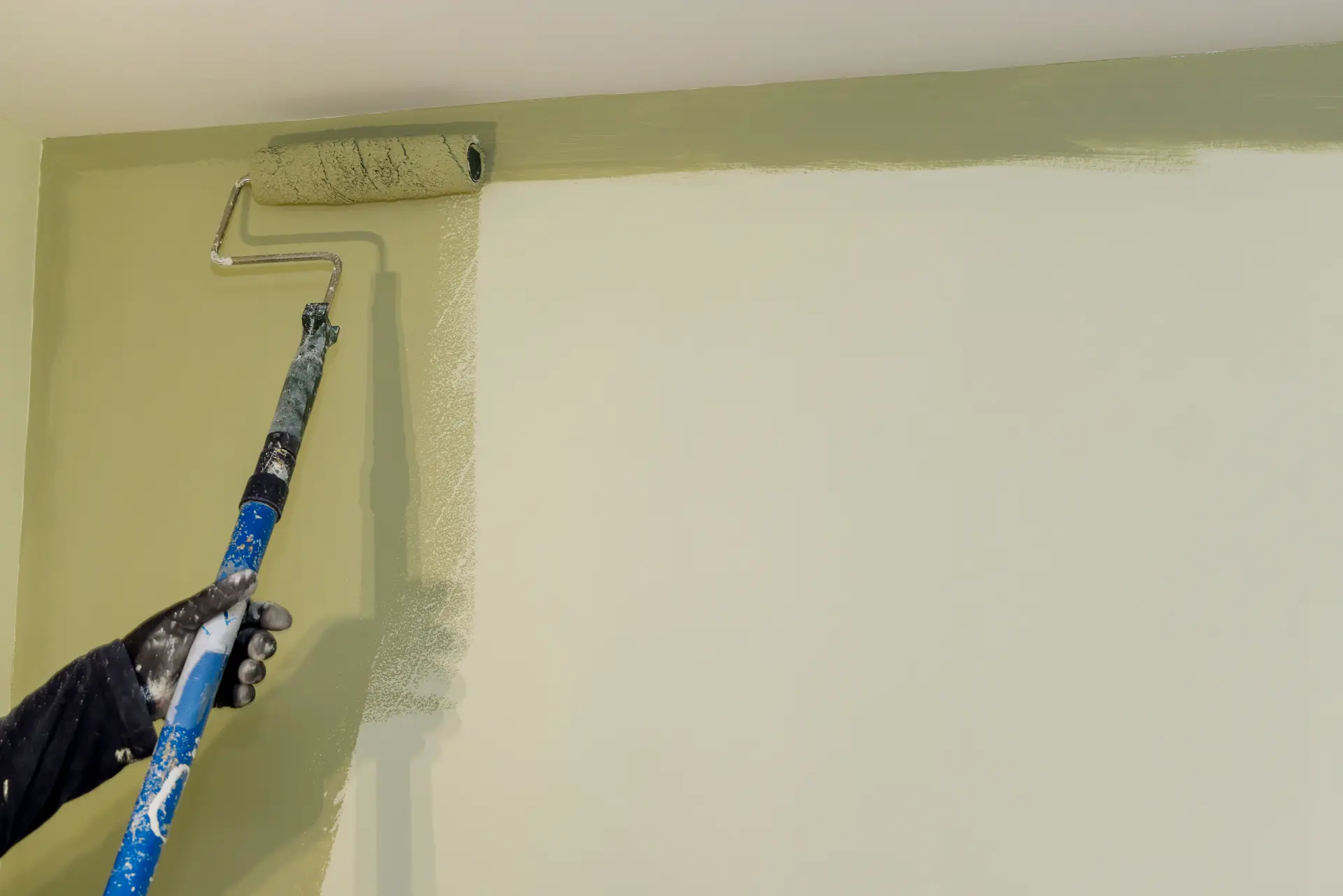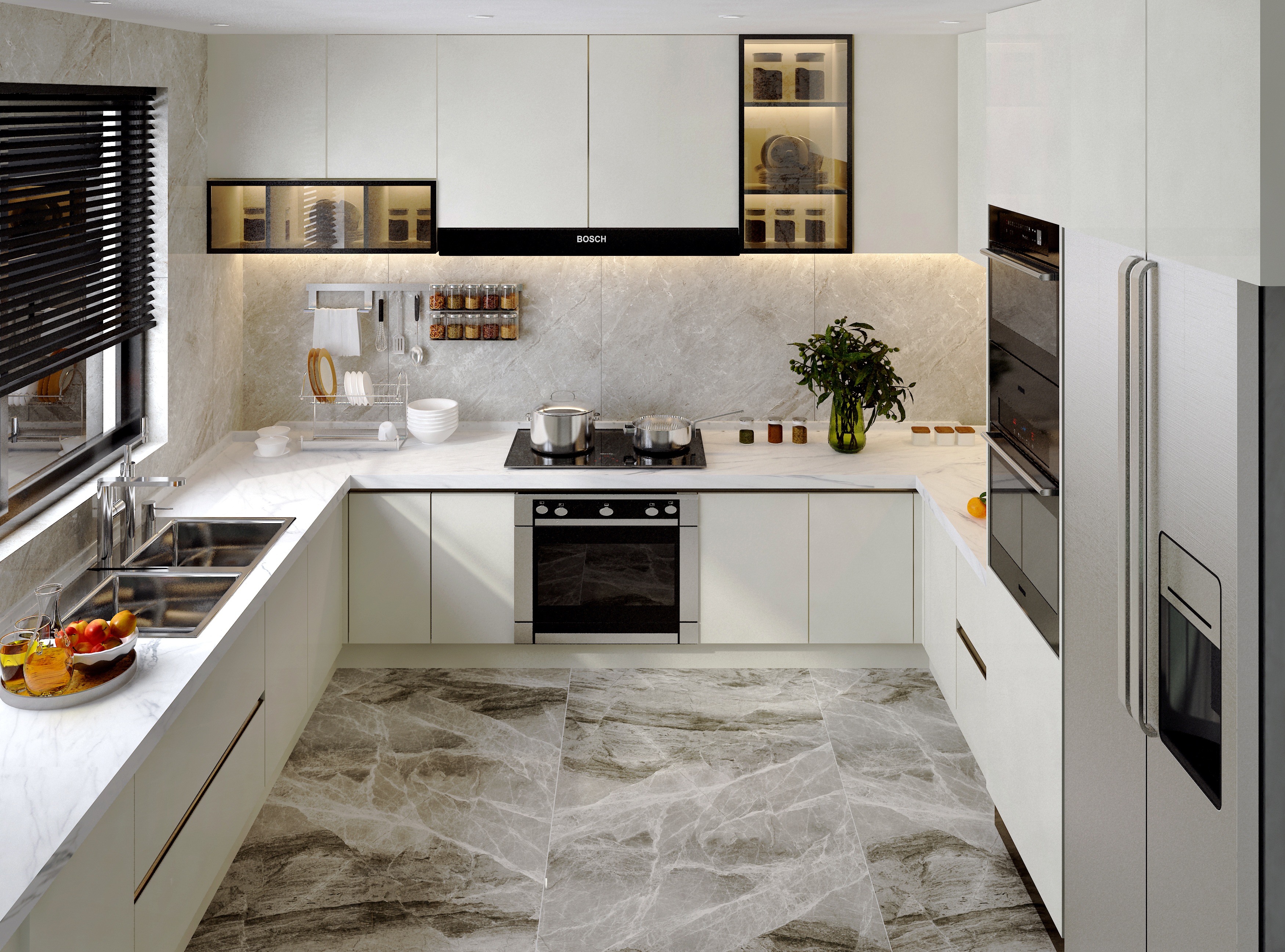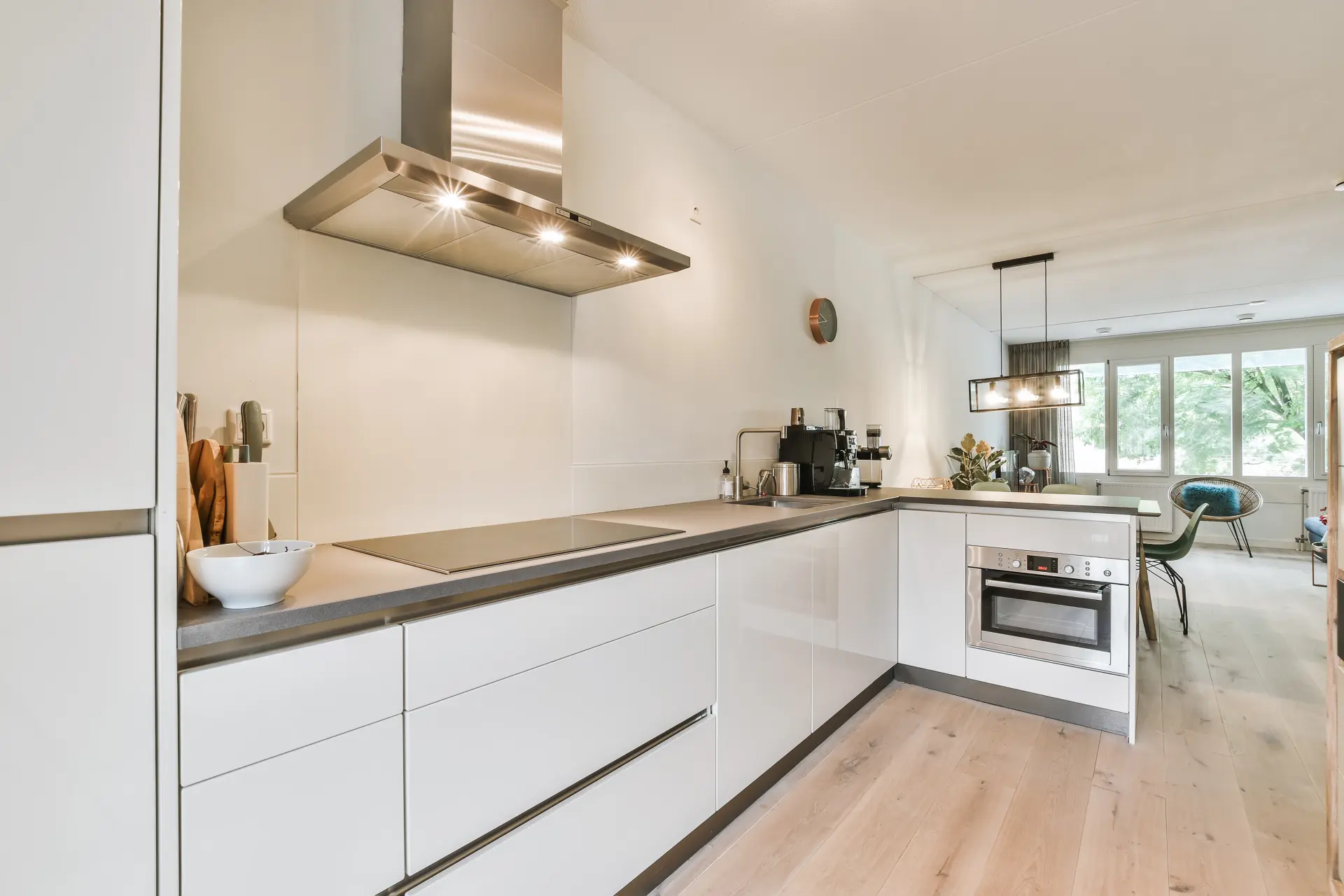Learn about the common mistakes to avoid when decorating stylish and functional rooms. Ensure your decorating projects are successful and stress-free.
Choosing the Wrong Paint Colour
When decorating a space, choosing the right paint colour is a bigger decision than people might realise.
Paint is the foundation of any space, since it sets the mood, defines the space, and influences the perception of light and size. Soft greens, blues, creams and purples work particularly well in bedrooms or bathrooms because they create a calming and soothing atmosphere.
In contrast, using bold or vivid colours, such as reds or yellows in these spaces can cause feelings of overstimulation or discomfort.
Lighting, both natural and artificial, can also affect how colours appear. Colours that look warm and welcoming in a room full of sunlight might seem cold or flat under artificial lighting. Additionally, the paint needs to complement any flooring, furniture or architectural details. A mismatched colour scheme can create visual chaos that clashes with the room and undermines your design plan.
Changing the paint colour after a room has already been finished is both expensive and time-consuming. Therefore, it's important to choose the right colour scheme beforehand to avoid overspending or compromising the overall design quality. Ultimately, choosing the wrong paint colour is more than just a small mistake. To avoid this pitfall, it's crucial to always test the paint in different lighting conditions and consider how it clashes with or complements your existing furnishings and space.
Ignoring Room Size and Shape
One of the most common mistakes that's made in interior decorating is ignoring the size and shape of the room. These two factors should be the foundation of any design decision since they directly affect the functionality, aesthetics, and comfort of a space.
Every room has natural proportions and spatial dynamics that influence how the furniture should be arranged. Placing large, bulky furniture in a small room can make the space feel cramped, and using small furniture in a large room makes it look sparse and disconnected. When the scale of the furnishings doesn’t match the room’s dimensions, it disrupts the visual harmony and reduces the room's usability.
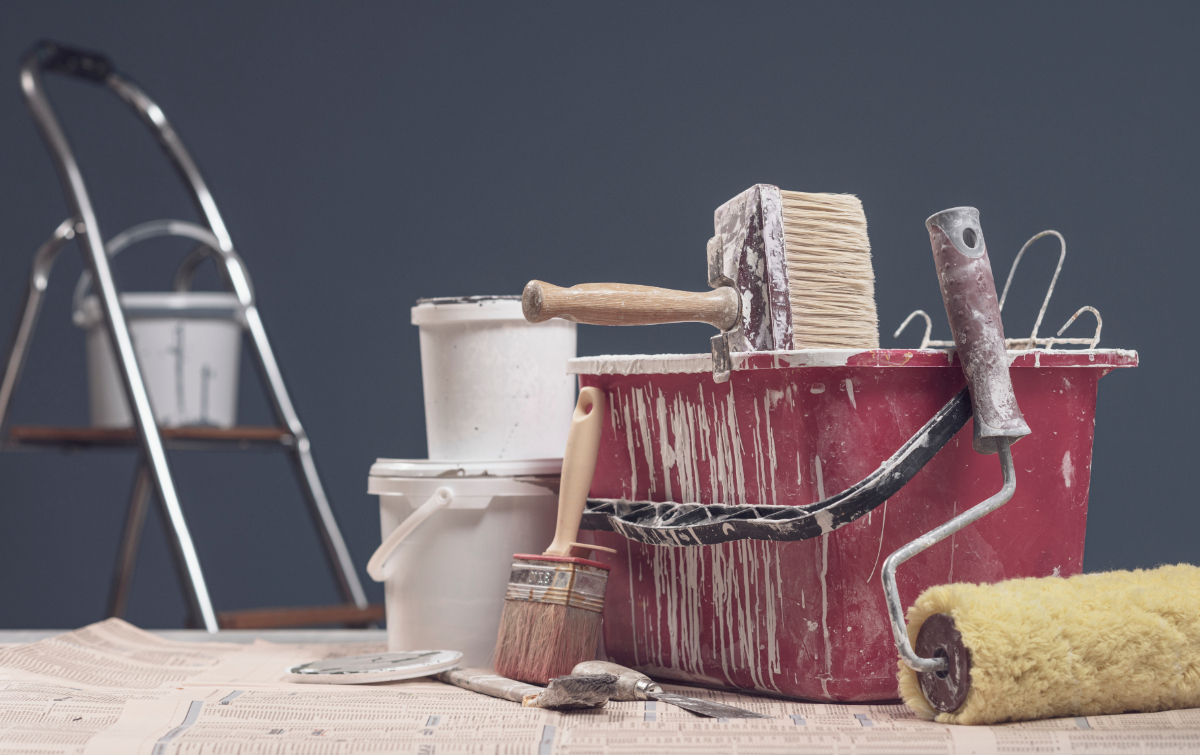
The size and shape of a room can also influence how light behaves in a room. Larger spaces may need layered lighting to avoid dark, unused corners, whereas smaller rooms can benefit from light colour palettes and mirrors to open the room up visually.
Decorating without accounting for a room’s size and shape is a critical mistake that can compromise both the room's overall style and functionality.
To create a cohesive and inviting environment, it’s essential to choose furniture, colour schemes, and layouts that enhance the room’s proportions and visual flow.
By including these characteristics in your design plan, you can transform any room into a well-balanced and functional space.
Overcrowding the Room
One of the most common mistakes homeowners make when decorating a space is overcrowding the room with too much furniture or accessories. While it’s natural to want to express a sense of style, failing to leave enough breathing space can reduce the visual appeal and functionality of a room.
Rooms need open space so that people can move smoothly and use the room practically. When too many items are crammed into a space, it hinders the traffic flow and makes everyday tasks feel inefficient. Beyond the physical inconvenience, an overcrowded room also creates visual noise. When the eye has no place to rest, the space can feel chaotic and stressful rather than inviting or relaxing. Even a well-decorated room can look disorganised if there’s too much clutter.
Not Planning Ahead
While it’s tempting to dive straight into buying furniture or testing paint samples, failing to plan ahead can lead to mismatched designs, wasted money, and a final result that feels disjointed or incomplete.
Without a clear vision, homeowners are more likely to make impulsive decisions. This can result in a room that's filled with items, colours and furniture that don’t work well together. A well-designed space hinges on homeowners planning the aesthetic, function, and flow of the room before making any purchases.
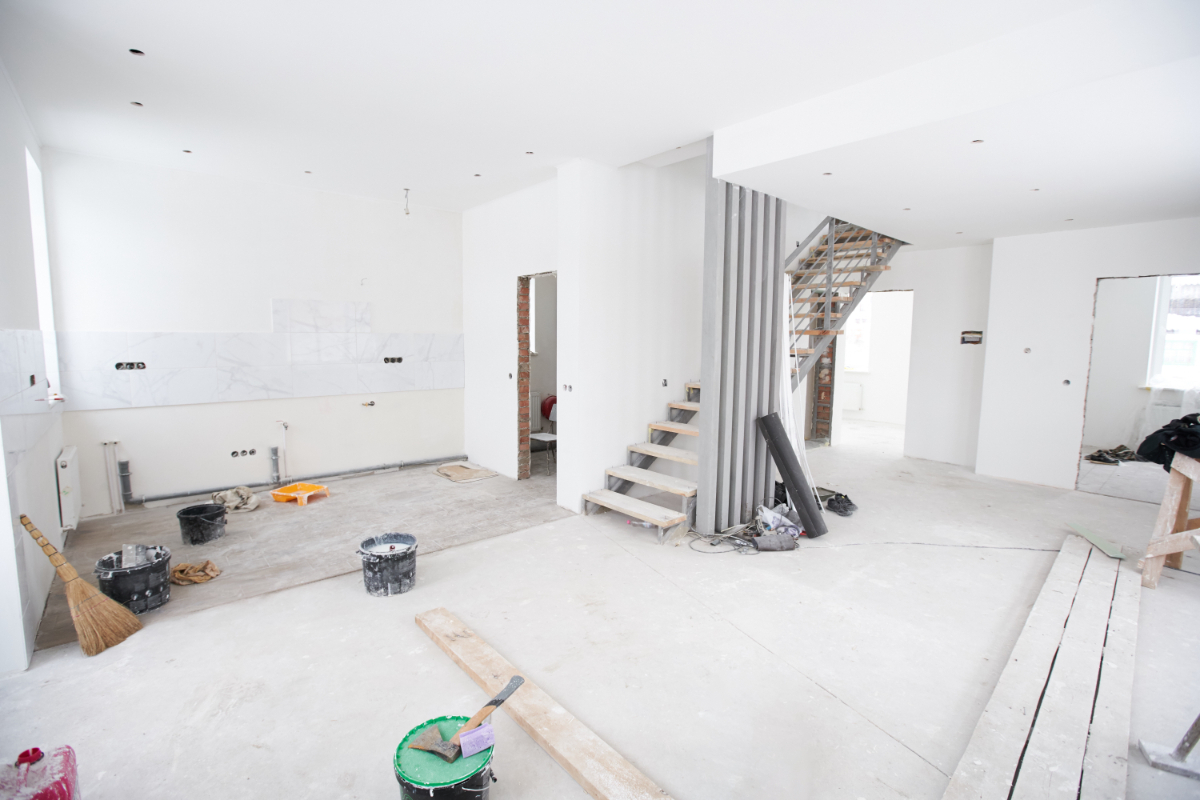
Beyond aesthetics and budget, planning is crucial for addressing practical aspects such as the room's layout, lighting and storage needs. Ignoring these details can lead to you buying furniture that doesn’t fit properly, insufficient lighting, or having a lack of storage space.
A well-thought-out plan is the backbone of any successful decorating project. It sets the tone, ensures everything works together, and helps you avoid expensive mistakes.
By establishing your goals and budget from the start, you can make confident and well-informed decorating choices for your space.
We provide professional decorating services that can transform any space with style and precision. From colour consultations to interior makeovers, our expert team constantly delivers high-quality finishes that bring your vision to life.
